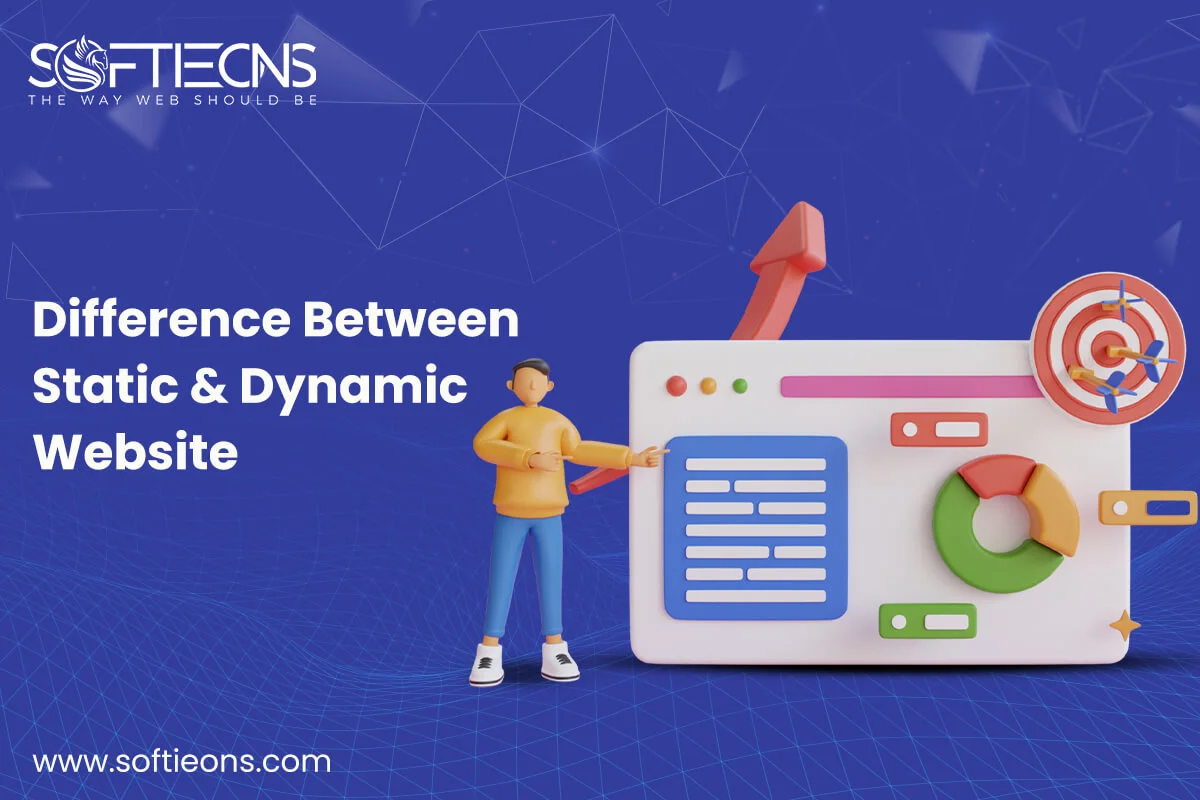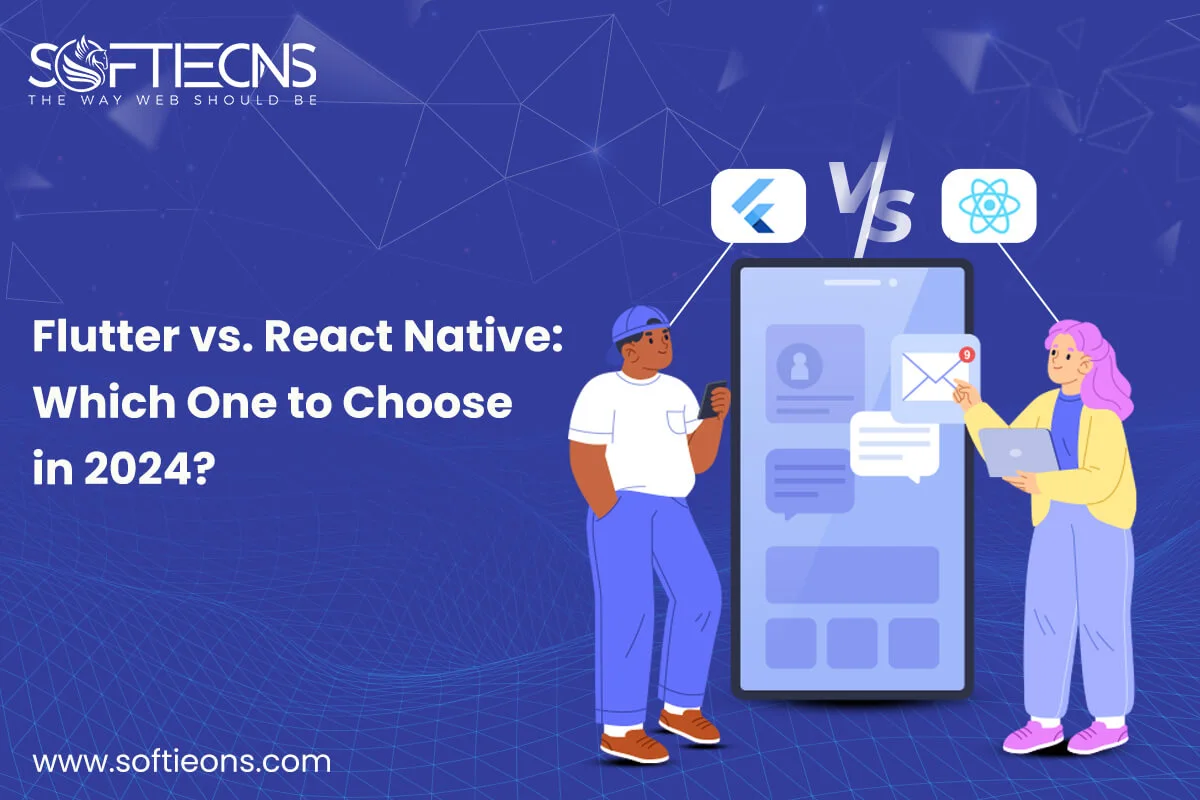Compilers vs. Interpreters: explanation and differences
Fri, 09 Apr 2021
Two things especially need to be taken into consideration when choosing a programming language: the language needs to provide all the necessary building blocks for the planned software project, and programming and implementation of the project should be as simple as possible. It is essential to be easy to read and to have simple code to ensure the latter because these features make it easier to get started and learn a programming language, as well as to use it every day.
The source code of modern programming languages must first be converted into a machine-readable form for the instructions of a written program to be understood by a computer or processor then. This is done with either a compiler or an interpreter depending on the programming language.
What is a compiler?
A compiler is a computer program that converts the entire source code of a software project into machine code before it is executed. Only then does the project run by the processor mean it has all the instructions available right from the start in machine code. Thus the processor has all the necessary parts ready for running the given software, processing input, and generating output. In many cases, there is a crucial intermediate step that takes place during the compiling process before it is converted into machine code, most compilers will often first convert it into an intermediate code that is often compatible with different platforms and can also be used by an interpreter.
Compilers define the order in which instructions are sent to the processor when generating the code. If the instructions are not mutually dependent the processor can even execute the instructions at the same time.
What is an interpreter?
An interpreter is a computer program that processes a software project’s source code during runtime and acts as a project-processor interface. Interpreters always handle line by line code so that each line’s instructions are read, analyzed, and converted one after another for the processor. This also applies to recurring instructions performed whenever they occur. Interpreters use their internal libraries to process software code: once a source code line has been converted to the appropriate machine-readable instructions, it will be sent directly to the processor.
The process of conversion is not complete until all of the code is interpreted. It will only stop early if there has been an error during the processing. This makes debugging much easier since when the error occurs the line of code that contains the bug is immediately identified.
Advantages:
Interpreter: Simpler development process (specifically in terms of debugging)
Compiler: Sends the complete ready-to-use executable machine code to the processor
Disadvantages:
Interpreter: Inefficient conversion process and slow execution speed
Compiler: Any changes made to the code like debugging, software extensions, etc. will require it to be converted again
POPULAR POSTS
Shopify vs. WordPress: Which one is best for e-commerce?
Wed, 07 Apr 2021Role of IoT in the Real Estate Industry
Wed, 14 Apr 2021Why UX And UI Is Important For Mobile Application Development
Sat, 01 May 2021Telemedicine's Advantages in Nursing Homes
Fri, 24 Dec 2021RECENT POSTS
Difference Between Static Website And Dynamic Website
Wed, 24 Apr 2024Flutter vs. React Native: Which One to Choose in 2024?
Mon, 22 Apr 2024Exploring the Benefits of Professional Website Design Companies
Fri, 29 Mar 2024Understanding The Role Of Web Design Firms
Fri, 22 Mar 2024









